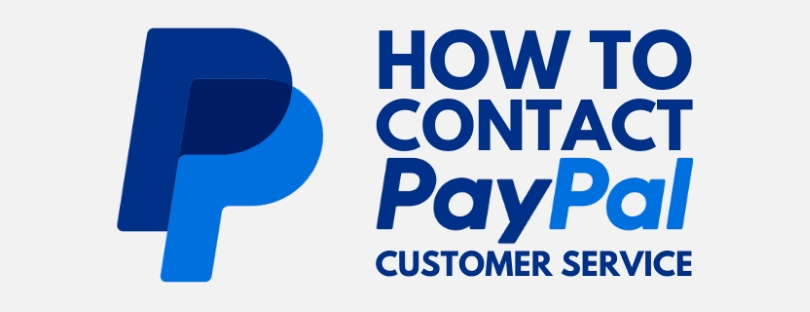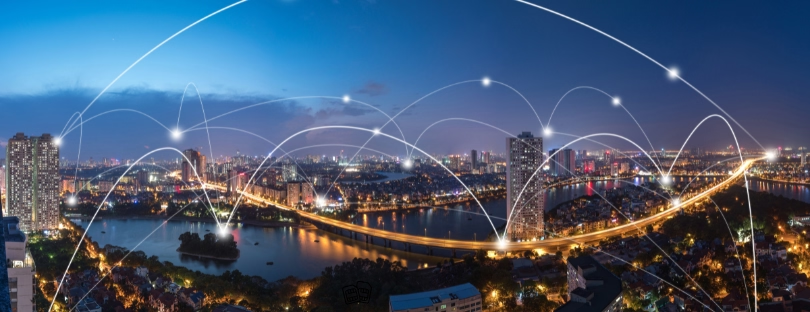
Slovenia: Usage Of Internet In Households And By Individuals
In the first quarter of 2022, 89% of 16–74-year-olds (hereinafter: residents) used the Internet in the last 3 months; Internet usage in Slovenia was the highest in the Osrednjeslovenska statistical region (93%), and the lowest in the Pomurska statistical region (80%).
84% used the Internet several times a day; the share of those was the highest among 25–34-year-olds (98%) and the lowest among 65–74-year-olds (51%). slovenia internet
93% of households with at least one resident aged between 16 and 74 had Internet access.
Nine out of ten pupils or students were conducting learning activities over the Internet
37% of residents were also conducting learning activities over the Internet. 21% of them used online learning materials other than a completely online course, e.g. video tutorials (including YouTube), learning apps, and electronic textbooks, 20% attended an online course, and 16% communicated with educators or learners by using audio or video online tools (e.g. Zoom, MS Teams). 11% conducted distance learning for formal education purposes, e.g. school or university, according to Republic of Slovenia Statistical Office reports.
The Internet was most frequently used for work-related and private learning activities. 22% conducted learning activities for professional or work-related purposes, 19% for private purposes, e.g. usage of YouTube, and 10% for formal education purposes.
More than half watched or listened to audio-video content over the Internet
The Internet has become indispensable for our entertainment. 58% of residents listened to music over the Internet, e.g. web radio, YouTube or apps such as Deezer, Apple Music, Google Play Music, Spotify and 16% downloaded music from the Internet.
14% listened or downloaded podcasts; the share was the highest among 16–24-year-olds (26%). A fifth (20%) of residents played or downloaded games over the Internet.
56% watched video content from sharing services, e.g. YouTube, 47% Internet streamed TV from TV broadcasters’ live or catch-up, e.g. NEO, TVin, EON, tv2go, Xplore TV Go, RTVSlo.
29% used video content on demand (e.g. movies or series) from commercial services, e.g. Netflix, Voyo, HBO Max; the share was the highest among 16–24-year-olds (64%), followed by 25–34-year-olds (43%).
Appointment with a practitioner via a web form is the most frequent in the Obalno-kraška statistical region
Three-quarters of residents searched for information about goods or services over the Internet. 64% used instant messaging where they exchanged messages via applications such as Skype, Messenger, WhatsApp, Viber, and Snapchat. 57% used Internet banking services; these services were most frequently used in Gorenjska (64%) and the least in Pomurska (46%).
Almost two-thirds (65%) of residents carried out one of the following health-related activities via the Internet. Half (50%) were seeking health-related information via the Internet, 27% made an appointment with a practitioner via a web form: 21% an appointment with a practitioner in the hospital and 16% with a chosen (family) practitioner. 16% used other medical services, e.g. getting a prescription or a consultation with a practitioner over the Internet instead of having to go to the hospital or visit a doctor.
Smart devices or systems used by slightly more residents slovenia internet
67% of residents had already used smart devices or systems (63% in 2020). These devices are connected to the Internet or to each other to enable services such as remote control, adjusting settings, receiving feedback from the device, etc.
32% used smartwatches, bracelets, wireless headsets or other smart accessories. 9% used cars with built-in wireless Internet connection, 7% used smart devices for monitoring blood pressure, sugar level, body weight (e.g. smart scales) or other internet-connected devices for health and medical care, e.g. smart toothbrush, Telekom service E-oskrba. Smart toys such as robot toys (including educational toys) or dolls were used by 2% of residents.
49% of residents used Internet-connected smart TV or television connected via Chromecast, 24% speakers connected with Bluetooth, home audio system, 12% Internet-connected game console and 7% Internet-connected smart speakers that enable voice control (e.g. Amazon Echo, Google Home, Sonos One).
Almost three out of ten residents encountered problems when using smart devices or systems slovenia internet
29% of users of smart devices and systems encountered several problems when using them. 8% of users had difficulties with using the device, e.g. setting up, installing, or pairing the device; 3% had security or privacy problems, e.g. the device or system was hacked; protection of personal data (about 33,130 individuals); and 1% had safety or health problems when using the device, e.g. accident, injury, or health problem. 71% of users of smart devices or systems had no problems using them.










